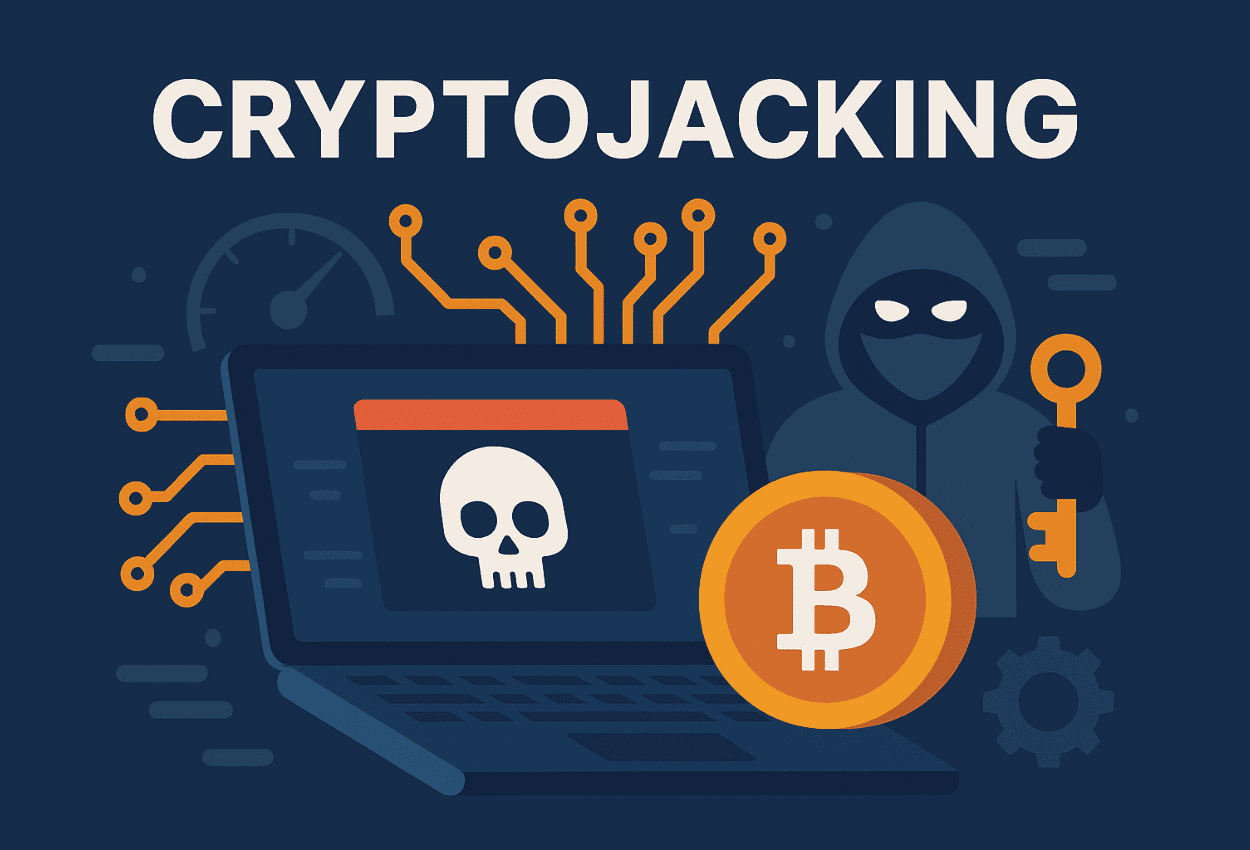In the constantly evolving field of cybersecurity, artificial intelligence (AI) has emerged as a powerful tool to combat increasingly sophisticated cyber threats. At Kirkham IronTech, we recognize the importance of leveraging AI to protect our clients’ IT infrastructure and uphold the framework we excel in: Cybersecurity, IT Infrastructure, and Governance.
AI offers promising advancements in threat detection, response, and overall cybersecurity strategy. However, it also comes with its own set of challenges and ethical considerations that must be balanced to ensure secure and responsible implementation. In this article, we’ll explore both the benefits and potential drawbacks of AI in cybersecurity.
 The Power of AI in Cybersecurity
AI’s ability to process vast amounts of data and detect patterns in real-time makes it an invaluable asset in the cybersecurity landscape. Traditional security systems rely on predefined rules and are often less effective against new or sophisticated threats. AI, however, enables proactive threat detection through machine learning and predictive analytics, helping businesses to identify vulnerabilities before they can be exploited.
This ability aligns with our approach at Kirkham IronTech, where proactive measures are at the forefront of our cybersecurity services. We believe that a defense-in-depth strategy—layering multiple levels of protection—is essential, and AI plays a key role in strengthening each of these layers.
AI’s capabilities in cybersecurity include:
The Power of AI in Cybersecurity
AI’s ability to process vast amounts of data and detect patterns in real-time makes it an invaluable asset in the cybersecurity landscape. Traditional security systems rely on predefined rules and are often less effective against new or sophisticated threats. AI, however, enables proactive threat detection through machine learning and predictive analytics, helping businesses to identify vulnerabilities before they can be exploited.
This ability aligns with our approach at Kirkham IronTech, where proactive measures are at the forefront of our cybersecurity services. We believe that a defense-in-depth strategy—layering multiple levels of protection—is essential, and AI plays a key role in strengthening each of these layers.
AI’s capabilities in cybersecurity include:
 The Power of AI in Cybersecurity
AI’s ability to process vast amounts of data and detect patterns in real-time makes it an invaluable asset in the cybersecurity landscape. Traditional security systems rely on predefined rules and are often less effective against new or sophisticated threats. AI, however, enables proactive threat detection through machine learning and predictive analytics, helping businesses to identify vulnerabilities before they can be exploited.
This ability aligns with our approach at Kirkham IronTech, where proactive measures are at the forefront of our cybersecurity services. We believe that a defense-in-depth strategy—layering multiple levels of protection—is essential, and AI plays a key role in strengthening each of these layers.
AI’s capabilities in cybersecurity include:
The Power of AI in Cybersecurity
AI’s ability to process vast amounts of data and detect patterns in real-time makes it an invaluable asset in the cybersecurity landscape. Traditional security systems rely on predefined rules and are often less effective against new or sophisticated threats. AI, however, enables proactive threat detection through machine learning and predictive analytics, helping businesses to identify vulnerabilities before they can be exploited.
This ability aligns with our approach at Kirkham IronTech, where proactive measures are at the forefront of our cybersecurity services. We believe that a defense-in-depth strategy—layering multiple levels of protection—is essential, and AI plays a key role in strengthening each of these layers.
AI’s capabilities in cybersecurity include:
- Advanced Threat Detection: AI can swiftly identify unusual activity or anomalies in user behavior, flagging potential threats before they escalate.
- Automation of Routine Security Tasks: By automating repetitive tasks like log analysis and threat hunting, AI allows IT professionals to focus on more complex security challenges.
- Enhanced Accuracy in Identifying Threats: AI models can learn from vast datasets, improving over time to reduce false positives and increase the precision of threat identification.
- Incident Response and Recovery: Through automated incident response, AI systems can isolate affected systems, prevent lateral movement, and even initiate recovery processes. This aligns well with our focus on both “Left of Boom” prevention and “Right of Boom” response strategies.
- Data Privacy Concerns: AI-driven cybersecurity requires significant data collection, which can inadvertently lead to privacy breaches if not managed responsibly.
- Vulnerability to Adversarial Attacks: Cybercriminals can manipulate AI systems by feeding them false information, reducing their accuracy and reliability.
- High Costs: AI-based solutions require significant investment in both technology and human expertise to deploy and manage effectively.
- Over-reliance on Automation: While AI is powerful, over-relying on automation can lead to missed threats, as not all risks can be detected by algorithms alone.
- Bias in AI Algorithms: AI systems are only as unbiased as the data they’re trained on, which can lead to skewed or incomplete threat detection.
- Transparency and Accountability: Ensuring that AI systems are transparent and accountable is essential, especially in industries where cybersecurity decisions have life-or-death consequences, like healthcare or financial services.
- Potential for Job Displacement: As AI automates more routine cybersecurity tasks, there are concerns about the displacement of security professionals. However, we believe in empowering our team members with AI tools to enhance, not replace, their capabilities.

 Tom Kirkham brings more than three decades of software design, network administration, and cybersecurity knowledge to organizations around the country. During his career, Tom has received multiple software design awards and founded other acclaimed technology businesses.
Tom Kirkham brings more than three decades of software design, network administration, and cybersecurity knowledge to organizations around the country. During his career, Tom has received multiple software design awards and founded other acclaimed technology businesses.
